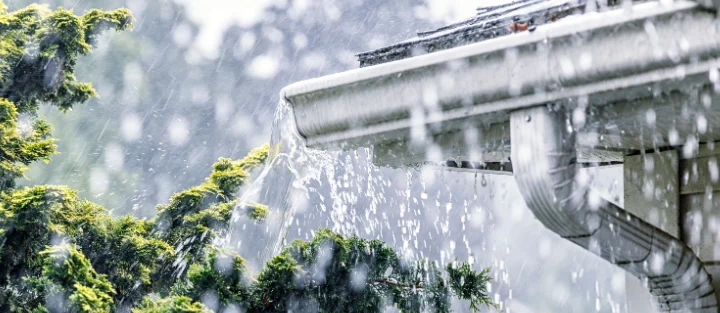Summer is a time for sunshine, outdoor fun, and relaxation. However, it’s also the season for unexpected and (sometimes) severe storms. From thunderstorms and hail to hurricanes and tornadoes, these natural events can cause significant damage to homes and vehicles. Ensuring that you’re prepared with the right insurance coverage can make all the difference when a storm hits. The Impact of Summer StormsSummer storms can be incredibly unpredictable and destructive. High winds, heavy rains, hail, and lightning can cause a variety of issues: Home Damage: Roofs, windows, and siding are particularly vulnerable to storm damage. Flooding from heavy rains can lead to significant water damage, and lightning strikes can cause fires. Vehicle Damage: Hail can dent and scratch the exterior of your car, while flooding can ruin the interior and engine. Fallen trees and debris can also cause severe damage. How Insurance Can HelpHaving the right insurance coverage is crucial for mitigating the financial impact of storm damage. Home InsuranceHome insurance traditionally covers damage caused by storms, including wind, hail, and lightning. It can help pay for repairs to your home’s structure and any damaged belongings. Flood insurance is a separate policy and is essential if you live in an area prone to flooding. Auto InsuranceComprehensive auto insurance covers damage from non-collision events, including storms. This means if your car is damaged by hail, flooding, or fallen debris, your insurance can help cover the repair costs. Preparing for StormsPreparation is key to minimizing damage and ensuring a smooth claims process. Here are some tips to help you get ready: Review Your Insurance Policies: Make sure your home and auto insurance policies are up-to-date and provide adequate coverage for storm-related damage. Consider adding flood insurance if you don’t already have it. Document Your Property: Take photos and videos of your home and vehicle before a storm hits. This documentation can be invaluable when filing an insurance claim. Secure Your Property: Trim trees and remove dead branches that could fall during a storm. Secure outdoor furniture and other items that could become projectiles in high winds. Create an Emergency Kit: Have a kit with essential supplies, including water, non-perishable food, flashlights, batteries, and a first-aid kit. This can be helpful if you need to shelter in place during a storm. Filing Claims EffectivelyIf your home or vehicle is damaged during a summer storm, follow these steps to file an insurance claim efficiently: 1. Assess the Damage: Once it’s safe, inspect your property and document all damage with photos and videos. 2. Contact Your Insurance Company (or Broker): Report the damage as soon as possible. Provide them with the documentation and details about the damage. 3. Speak with an Adjuster: Your insurance company will likely send an adjuster to assess the damage in person, or request that images be shared with them. Be prepared to provide them with any additional information they might need. 4. Get Repair Estimates: Obtain estimates from reputable contractors for home repairs or from auto repair shops for vehicle damage. Share these with your insurance company to help expedite the claims process. 5. Keep Records: Maintain detailed records of all communications with your insurance company and any expenses related to the damage and repairs. _ By being proactive and ensuring you have the right insurance coverage, you can protect your home and vehicle from the financial burden of summer storm damage. Review your policies today and speak with your insurance agent to make sure you’re fully covered. Stay safe and prepared, and enjoy the summer season with peace of mind.
[wpcode id="4722"]











